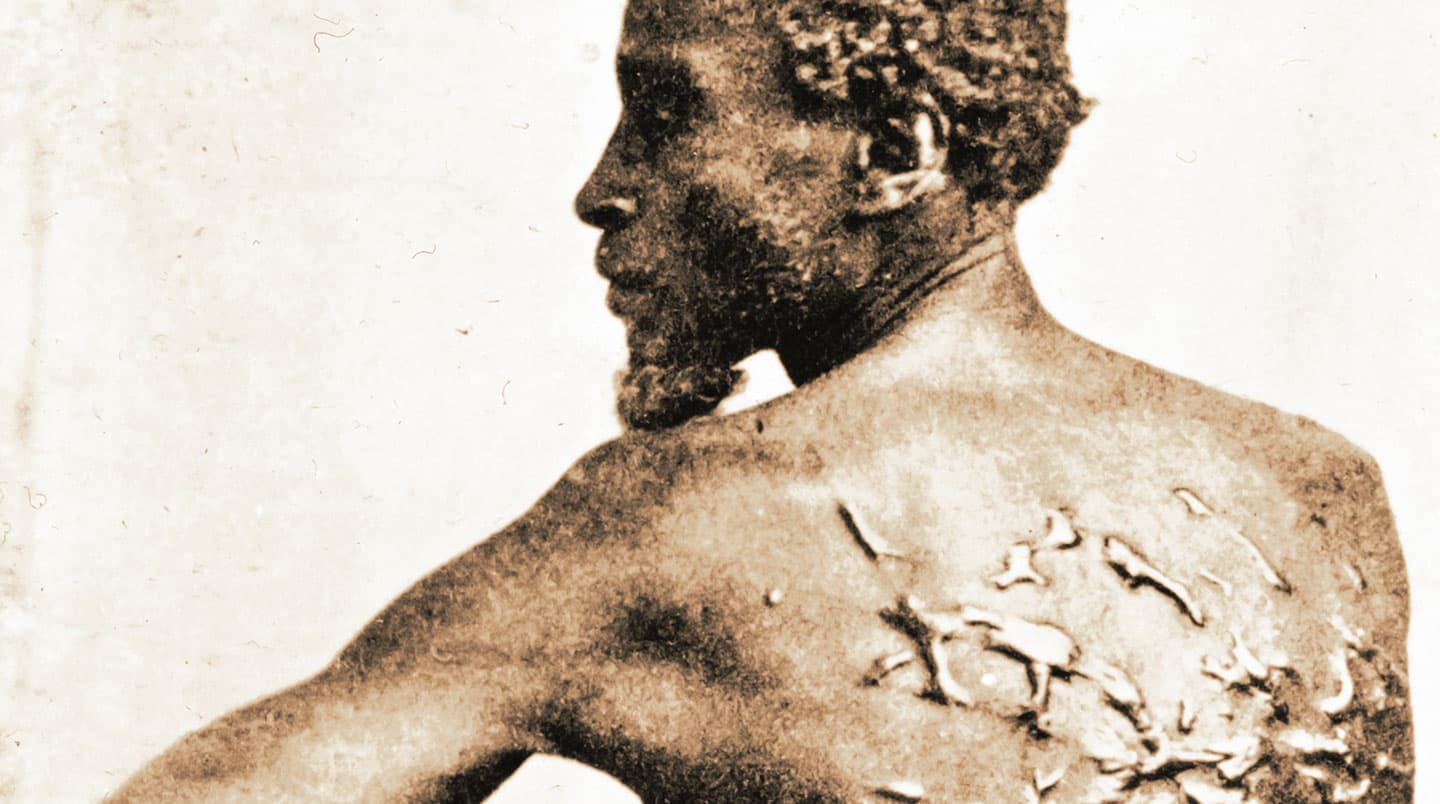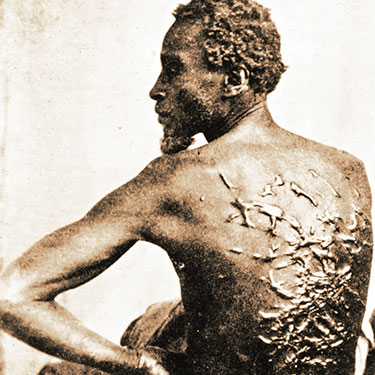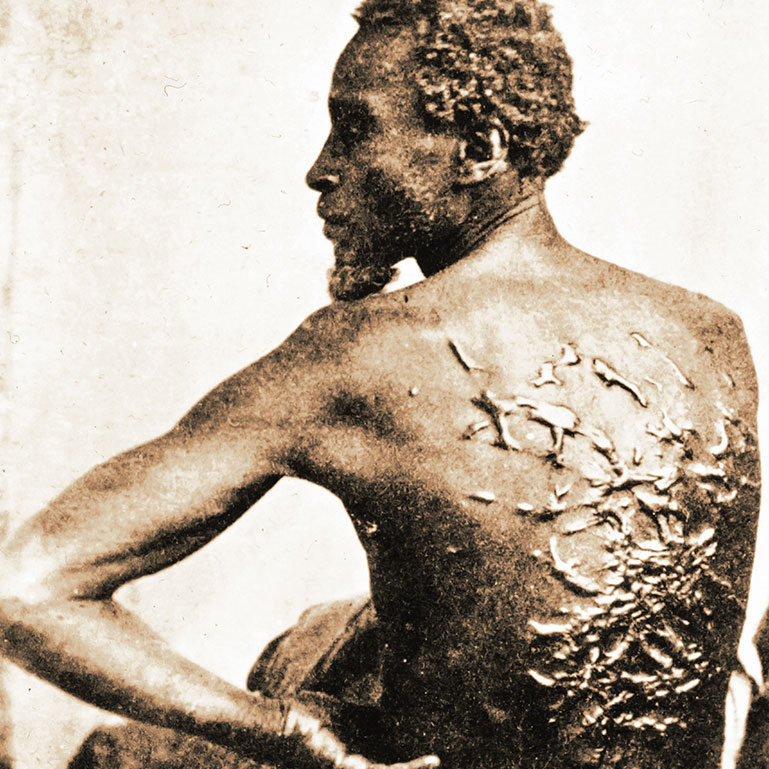In August 1619, a ship docked in Virginia and changed the course of history. On board were 20 to 30 people who’d been ripped from their homes in southwestern Africa and forced to make the dangerous journey across the Atlantic Ocean. Once they arrived, they were sold to white colonists and likely put to work in tobacco fields.
Many historians point to that moment 400 years ago as one of the most significant in history. It was the beginning of African slavery in the English colonies that would later become the United States.
In the centuries that followed, 12.5 million African men, women, and children were kidnapped, locked in heavy iron chains, and packed onto ships headed to the New World. About 2 million of them died during the journey. Those who survived the voyage—and their descendants—were forced to work day and night in fields and in homes owned by white people who routinely beat, tortured, and murdered them.
This brutal system of forced labor helped fuel the growth of the U.S. into one of the wealthiest nations in the world. Even today, the racist beliefs and policies that slavery was built upon continue to affect nearly every aspect of our society, from where we live to which schools young people attend.
Yet many people don’t know the real story of slavery. Over time, Americans have downplayed, misrepresented, or ignored key facts about this part of history. Even textbooks sometimes get things very wrong.
Here are six things you should know.
In August 1619, a ship docked in Virginia. It changed the course of history. On board were 20 to 30 people. They had been ripped from their homes in southwestern Africa and forced to make the dangerous journey across the Atlantic Ocean. Once they arrived, they were sold to white colonists and likely put to work in tobacco fields.
Many historians point to that moment 400 years ago as one of the most significant in history. It was the beginning of African slavery in the English colonies that would later become the United States.
In the centuries that followed, 12.5 million African men, women, and children were kidnapped and locked in heavy iron chains. Then they were packed onto ships headed to the New World. About 2 million of them died during the journey. Those who survived the voyage were forced to work day and night. So were their descendants. They worked in fields and in homes owned by white people who routinely beat, tortured, and murdered them.
This brutal system of forced labor helped fuel the growth of the U.S. into one of the wealthiest nations in the world. Even today, the racist beliefs and policies that slavery was built upon continue to affect nearly every aspect of our society. That includes where we live and which schools young people attend.
Yet many people do not know the real story of slavery. Over time, Americans have downplayed, misrepresented, or ignored key facts about this part of history. Even textbooks sometimes get things very wrong.
Here are six things you should know.



